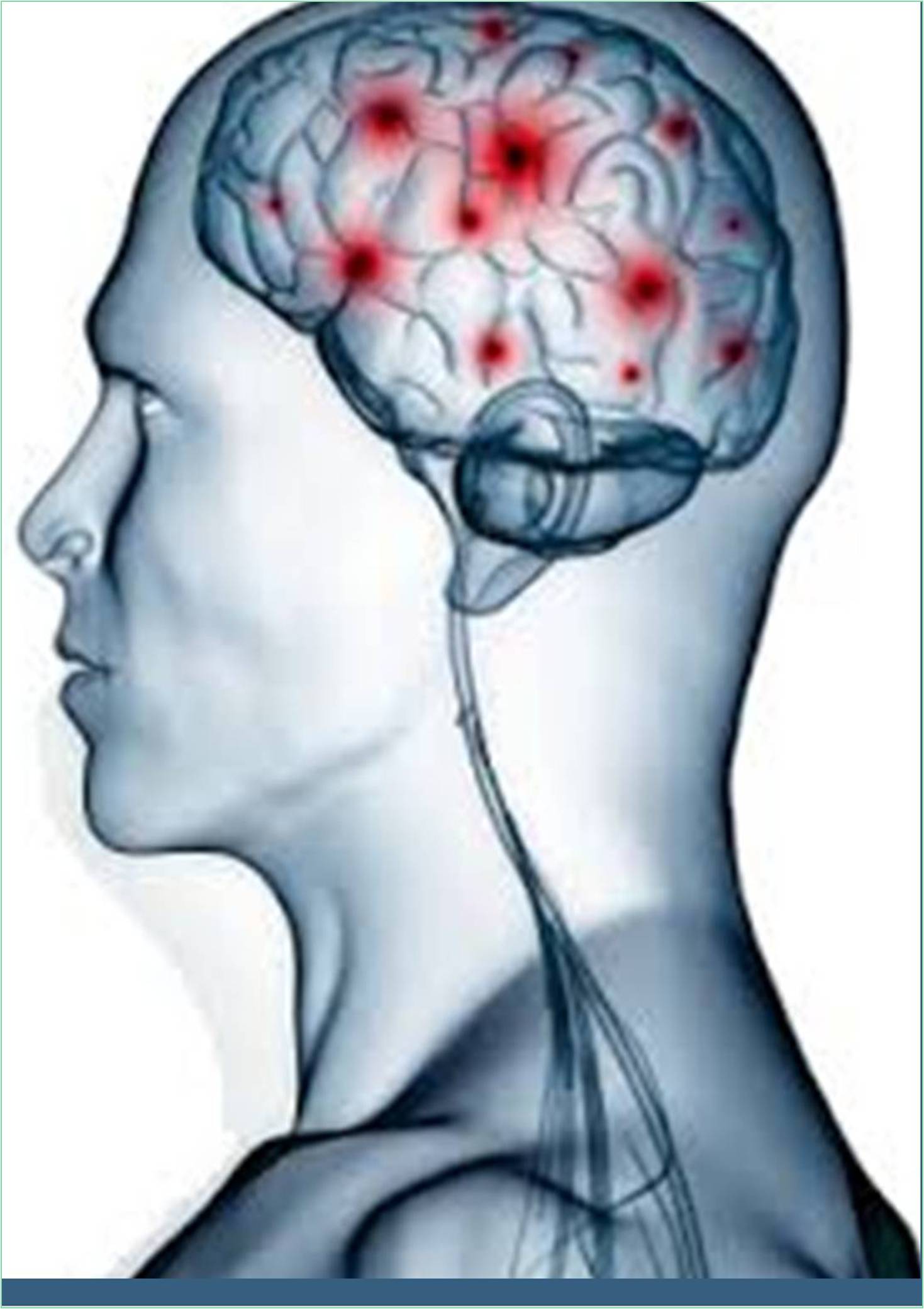



Received: 01-Jul-2022, Manuscript No. GJNN-22-73064; Editor assigned: 04-Jul-2022, Pre QC No. GJNN-22-73064 (PQ); Reviewed: 18-Jul-2022, QC No. GJNN-22-73064; Revised: 25-Jul-2022, Manuscript No. GJNN-22-73064 (R); Published: 02-Aug-2022, DOI: 10.15651/2449-1942.22.10.008
Alzheimer's disease (AD) is a neurodegenerative condition characterized by cognitive and behavioural decline that seriously impairs social and professional functioning. It has a protracted preclinical period and a progressive course, and it is incurable. In Alzheimer's disease, plaques form in the cerebral cortex and other regions where thinking and decision-making occur, including the hippocampus, a structure located deep within the brain that aids in memory encoding. It is still unknown whether plaques are a direct cause of AD or if they are a byproduct of the AD process.
One of the most important neuroimaging findings in AD is hippocampal atrophy.
On physical examination and mental status testing, a patient with preclinical AD may seem completely normal. Decades before any symptoms or signs manifest, certain brain regions (such as the entorhinal cortex and hippocampus) are likely to be affected.
Mild Alzheimer Disease
Signs of mild AD can include the following:
• Memory loss
• Uncertainty regarding the location of familiar locations
• Taking longer to complete routine tasks
• Having trouble managing money and paying bills
• Having compromised judgement, frequently resulting in poor decisions
• Modest Alzheimer's disease
• Modest Alzheimer's disease
• Mood and personality changes increased anxiety
The symptoms of this stage can include the following:
• Amnesia and confusion
• Reduced ability to pay attention
• Having trouble recognising friends and family
• Language difficulties, as well as issues with reading, writing, and math
• Having trouble logically thinking and organising one's thoughts
• a lack of ability to pick up new skills or deal with novel or unexpected situations
• Wandering, crying, and restlessness, especially in the late afternoon or at night.
• repetition of words or actions; sporadic twitches of the muscles
• Imaginational disturbances, delusions, suspicion or paranoia, and irritability
Loss of impulse control: Displayed through actions like inappropriately.
Sensory-motor issues: difficulty rising from a chair or setting the table, for example
Severe Alzheimer Disease
Patients with severe AD are unable to recognise friends and family and have poor communication skills. Their sense of self seems to completely disappear, and they are totally reliant on others for care.
Other symptoms of severe AD can include the following:
• Loss of weight
• Seizures, skin infections, trouble swallowing
• Groaning, moaning, or grunting
• More time spent sleeping
• Inability to control one's bladder and bowels
Patients with end-stage AD may spend most of their time in bed. Other illnesses, particularly aspiration pneumonia, frequently cause death.
Diagnosis
Clinical examination: Using the aforementioned symptoms, the clinical diagnosis of AD is typically made when the disease is still in its early stages.
Lumbar puncture: While amyloid levels are typically low in AD, tau and phosphorylated tau levels in the cerebrospinal fluid are frequently elevated. Currently, routine measurement of CSF tau and amyloid is not advised outside of research settings.
Imaging studies are especially crucial for excluding potentially treatable causes of progressive cognitive decline, like chronic subdural hematoma or hydrocephalus with normal pressure. Also used for early detection and differentiating dementia etiologies are volumetric studies of the hippocampus and 2-[18F] fluoro-2-Deoxy-D-glucose positron emission tomography (FDG-PET) with or without amyloid imaging.
Management
All of the medications for the treatment of AD that the US Food and Drug Administration (FDA) has agreed to symptomatic therapies that modulate neurotransmitters, either glutamate or acetylcholine. Cholinesterase inhibitors (ChEIs) and a partial N-methyl-D-aspartate (NMDA) antagonist are two common medical treatments for AD. They neither slow the rate of decline nor address the underlying causes of AD.
The secondary symptoms of AD, such as depression, agitation, aggression, hallucinations, delusions, and sleep issues, have been treated with the following classes of psychotropic drugs:
• Antidepressants
• Anxiolytics
• Antiparkinsonian agents
• Beta-blockers
• Antiepileptic drugs
• Neuroleptics
• Amyloid-directed antibody
• Prevention
Although there are no proven methods for preventing AD, epidemiological evidence suggests that leading a healthy lifestyle can lower the risk of contracting the condition. The following behaviours may be protective:
• Physical activity
• Exercise
• Cardiorespiratory fitness
Although it is impossible to make definite dietary recommendations, the Mediterranean diet generally corresponds to the nutritional patterns that seem to be helpful for AD prevention.